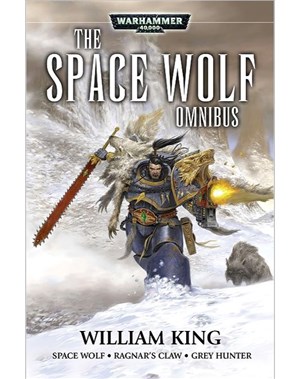So why did Keep on the Shadowfell work for me, aside from the honeymoon stage piece? Well, it was a well done module with lots of hooks for encounters and NPCs that weren't fleshed out. It was vaguely reminiscent of T1: The Village of Hommlet from early AD&D, in that the town itself was just as much the adventure as the encounters themselves - meet the town wizard, meet the innkeeper, etc. The end of the mod felt a bit like a railroaded closing to what had been a pretty promising adventure, but that's in my opinion a necessary evil of published adventures - they need to establish closure somehow, and if there are a lot of well defined plot hooks along the way, the closing sometimes can be a bit abrupt or have some urgency to it, just for architecture's sake.
My buddy Josh ran Thunderspire Labyrinth for the same group, though, and my feelings are not the same as they were for Shadowfell. Thunderspire Labyrinth had a lot of potential - the party saves slaves captured by evil Duergar - dark dwarves - in the Underdark, have to fight off a cult associate with an ancient Minotaur temple, and more. That said, this module seemed way more heavy on the encounters and factions that were pretty two-dimensional (we get it - Duergar are evil dwarves...) rather than providing an adventuring environment and NPCs that the PCs really had any interest in protecting. The concept of a town in a mountain was great, but I didn't feel like there were any strong hooks for making this place a home for the PCs - something I always look for in settings (create a place where the PCs wouldn't mind staying, and adventuring some more).
I have a lot of respect for Baker and Mearls, I just felt like after the wide-open, sandbox-y feel of Shadowfell that Thunderspire gave a lot more potential for play outside the pages of the module, whereas Thunderspire Labyrinth had some great scenes and ideas but was more of an adventure to play as a path to completing the Heroic Tier so that you could get on with the Paragon stuff.
We're going to play a sandbox game of Forgotten Realms as the next game with this group. I'll be DMing, and the party will find themselves in the Moonsea, leveraging a lot of the things I thought Baker has done well with the Swords of the Moonsea series, and giving the players an open ended world to play in.
What'd you think of H1 and H2? Is H3 worth incorporating into our game? Interestingly, I've seen lots of folks say they thought H2 was far better than H1. Discuss!

No comments:
Post a Comment